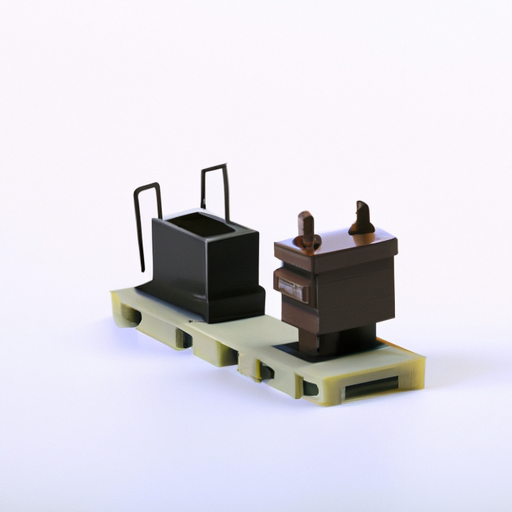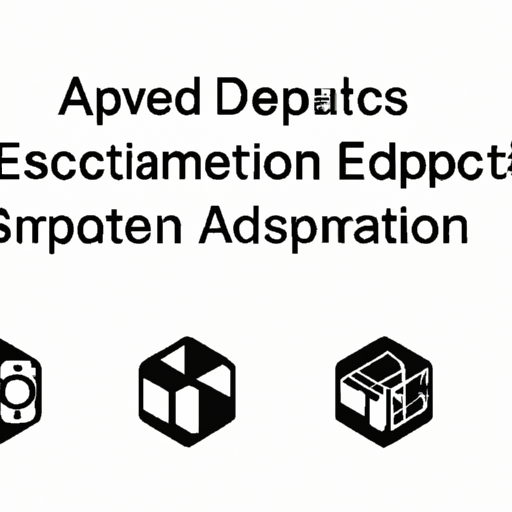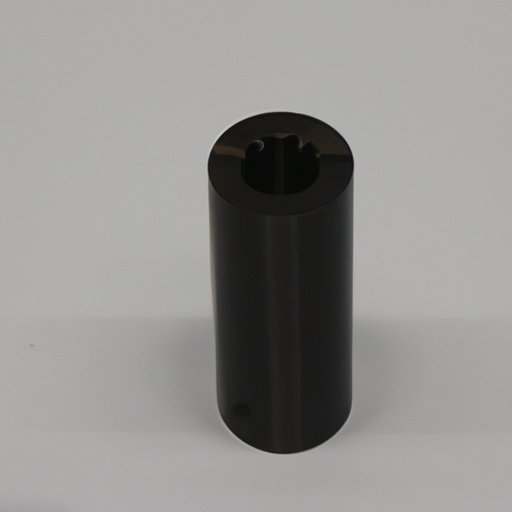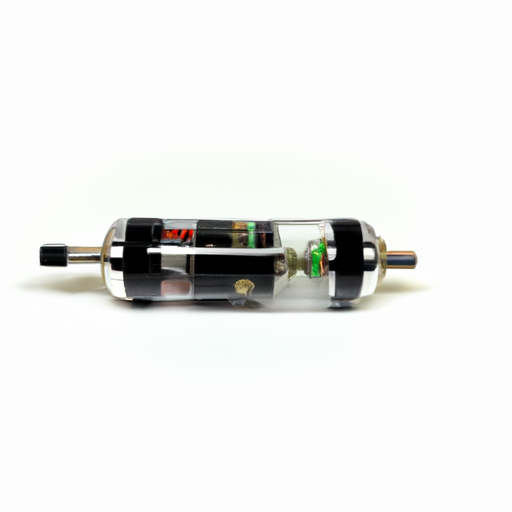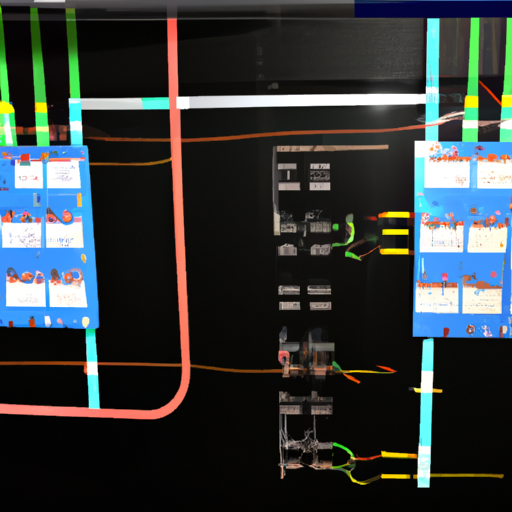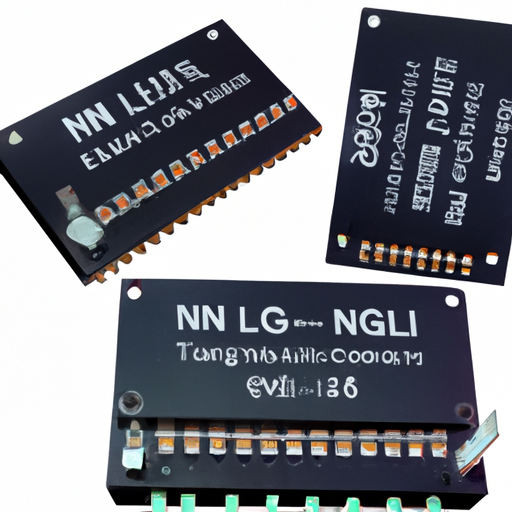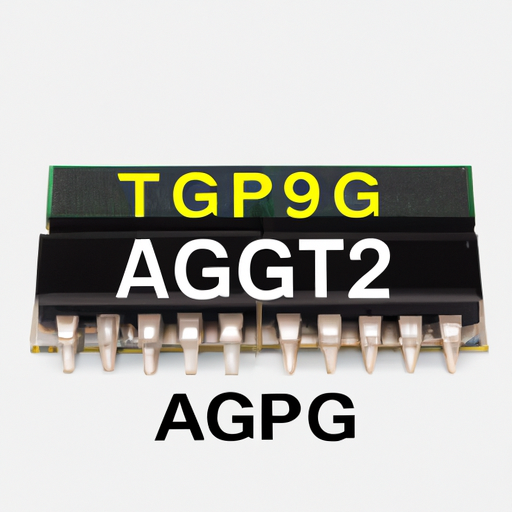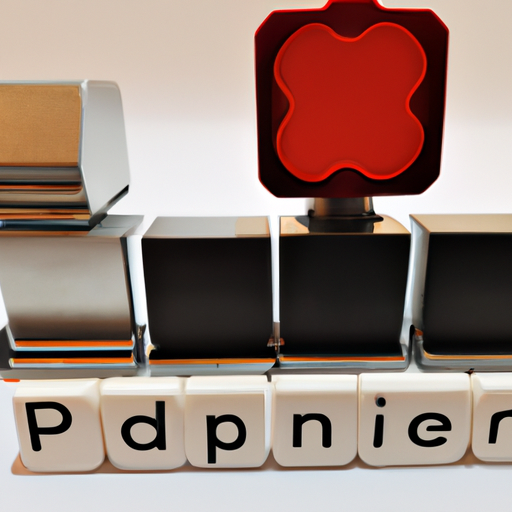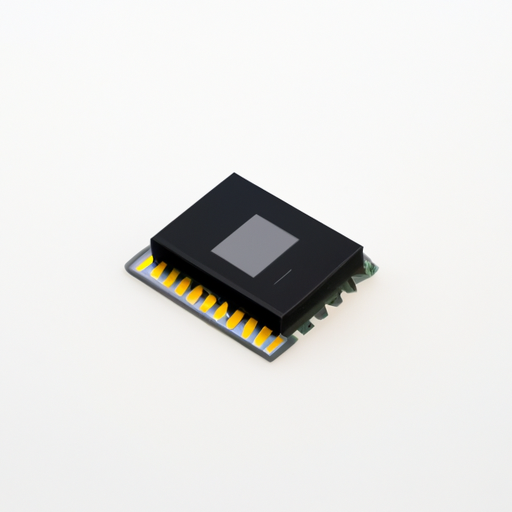

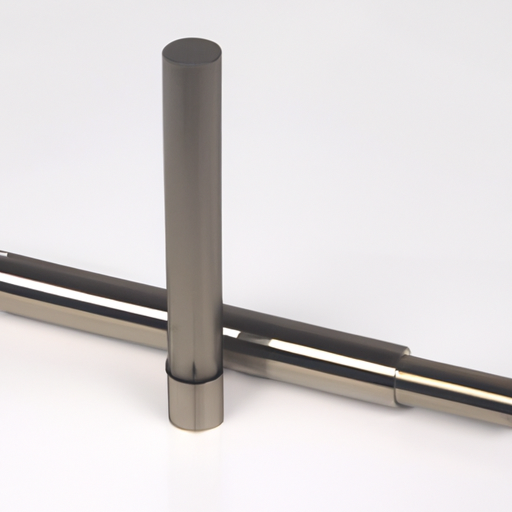
Application Development in Single Bipolar Transistors for CFR-50JB-52-1R8: Key Technologies and Success StoriesDeveloping applications using single bipolar transistors, such as the CFR-50JB-52-1R8, requires a deep understanding of the underlying technologies and methodologies that can enhance their performance and reliability. Below, we explore key technologies and notable success stories that illustrate the effective application of bipolar transistors.
Key Technologies1. High-Frequency Operation2. Thermal Management3. Biasing Techniques4. Integration with Other Components5. Simulation and Modeling6. Packaging Technologies1. RF Amplifiers2. Audio Equipment3. Power Management Systems4. Automotive Applications5. Industrial Automation Success Stories ConclusionThe application development of single bipolar transistors like the CFR-50JB-52-1R8 is bolstered by advancements in technology and innovative design practices. By leveraging high-frequency operation, effective thermal management, and integration with other components, engineers can create reliable and efficient solutions across various industries. The success stories in RF amplification, audio equipment, power management, automotive applications, and industrial automation underscore the versatility and effectiveness of bipolar transistors in modern electronic systems. As technology continues to evolve, the potential for new applications and improvements in existing ones remains vast, promising exciting developments in the field of electronics.
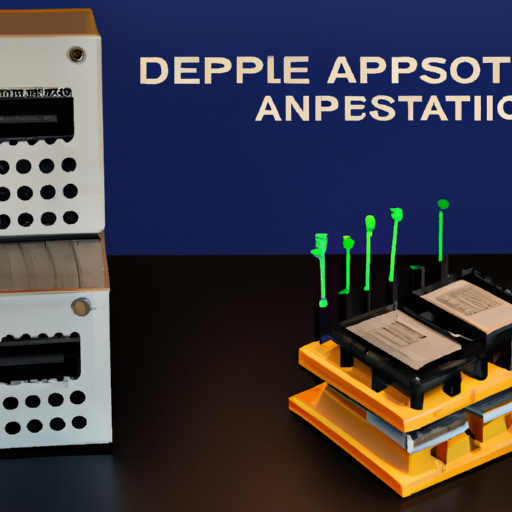
Application Development in Power Driver Modules for CFR-25JB-52-10R: Key Technologies and Success StoriesPower Driver Modules (PDMs) are essential components in modern electronic systems, particularly in high-demand sectors such as aerospace and automotive. The CFR-25JB-52-10R is a specific model of PDM that exemplifies the advancements in this field. Below is an overview of the key technologies involved in the development of PDMs and notable success stories that illustrate their application.
Key Technologies in Power Driver Modules1. Semiconductor Technology2. Thermal Management3. Control Algorithms4. Packaging Technologies5. Simulation and Modeling1. Aerospace Applications2. Automotive Industry3. Renewable Energy Systems4. Industrial Automation Success Stories ConclusionThe development of Power Driver Modules, such as the CFR-25JB-52-10R, is propelled by advancements in semiconductor technology, thermal management, control algorithms, and packaging techniques. The success stories across various industries—including aerospace, automotive, renewable energy, and industrial automation—highlight the transformative impact of these technologies. As the demand for efficient and reliable power management solutions continues to rise, the role of PDMs will be increasingly vital in shaping the future of diverse applications. The ongoing innovation in this field promises to enhance performance, sustainability, and reliability across multiple sectors.

Overview of Zener Diode Arrays: CFR-25JB-52-10KZener diode arrays, such as the CFR-25JB-52-10K, are integral components in electronic circuits, providing essential functions like voltage regulation and overvoltage protection. Their unique characteristics make them suitable for a variety of applications across different industries. Below, we delve into the core functional technologies and application development cases that showcase the effectiveness of Zener diode arrays.
Core Functional Technologies1. Voltage Regulation2. Overvoltage Protection3. Clamping Circuits4. Temperature Stability5. Low Noise Operation1. Power Supply Design2. Signal Conditioning3. LED Protection4. Telecommunications5. Consumer Electronics6. Industrial Automation Application Development Cases ConclusionZener diode arrays, exemplified by the CFR-25JB-52-10K, are vital components in modern electronic design, providing essential functions such as voltage regulation and overvoltage protection. Their versatility allows for widespread application across various sectors, including power supplies, telecommunications, consumer electronics, and industrial automation. As technology advances, the need for reliable and efficient voltage regulation solutions will ensure that Zener diode arrays remain a cornerstone in electronic circuit design.
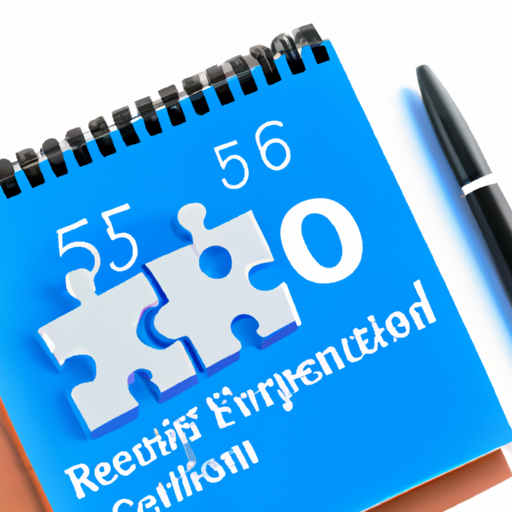
Application Development for CFR-50JB-52-10K: Key Technologies and Success StoriesDeveloping applications for specialized purposes, particularly in highly regulated fields like the nuclear industry, necessitates a thorough understanding of regulatory frameworks, safety protocols, and operational requirements. CFR-50JB-52-10K likely pertains to specific compliance standards within this context. Below is an overview of key technologies and notable success stories that illustrate effective application development in this domain.
Key Technologies1. Regulatory Compliance Software2. Data Analytics and Reporting3. Simulation and Modeling4. IoT and Sensor Technologies5. Machine Learning and AI6. Blockchain for Data Integrity7. Mobile Applications1. Nuclear Power Plant Compliance Management2. Predictive Maintenance in Energy Sector3. Blockchain for Safety Records4. Mobile Compliance Reporting5. Simulation for Safety Training Success Stories ConclusionThe development of applications for specialized purposes like CFR-50JB-52-10K requires a comprehensive understanding of regulatory requirements and the integration of advanced technologies. By leveraging tools such as compliance software, data analytics, IoT, and AI, organizations can enhance operational efficiency, ensure safety, and maintain compliance with stringent regulations. The success stories from various sectors illustrate the potential benefits of these technologies in achieving regulatory goals and improving overall performance, paving the way for safer and more efficient operations in highly regulated industries.
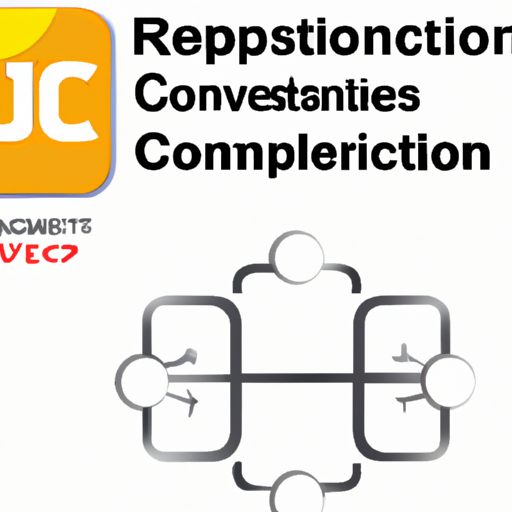
Application Development in JFETs for CFR-25JB-52-100R: Key Technologies and Success StoriesThe CFR-25JB-52-100R is a 100-ohm, 1/4 watt, 1% tolerance thick film resistor, which can be integrated into various electronic circuits, including those utilizing Junction Field Effect Transistors (JFETs). While the resistor itself is not a semiconductor device, it plays a crucial role in circuits where JFETs are employed. Below, we explore key technologies in JFET application development and highlight success stories that demonstrate their effectiveness in various fields.
Key Technologies in JFET Application Development1. High Input Impedance Amplifiers 2. Low-Noise Amplification 3. Analog Signal Processing 4. Voltage-Controlled Resistors 5. Switching Applications 6. High-Frequency Performance 1. Telecommunications 2. Medical Devices 3. Audio Equipment 4. Industrial Automation 5. Research and Development Success Stories in JFET Application Development ConclusionWhile the CFR-25JB-52-100R resistor may not directly relate to JFET technology, it is often part of circuits that leverage the advantages of JFETs for various applications. The combination of JFETs with precision resistors like the CFR series can lead to high-performance analog circuits, enhancing the overall functionality and reliability of electronic systems. The success stories across telecommunications, medical devices, audio equipment, industrial automation, and research highlight the versatility and effectiveness of JFETs, underscoring their importance in modern electronics.
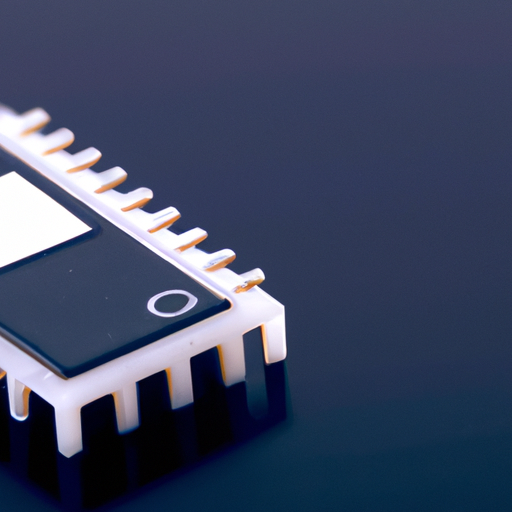
Application Development in Diode Arrays for CFR-50JB-52-100K: Key Technologies and Success StoriesDiode arrays, particularly in the context of applications like the CFR-50JB-52-100K, play a crucial role across various sectors, including telecommunications, medical devices, and industrial automation. Below is an overview of key technologies and notable success stories related to diode arrays.
Key Technologies1. High-Power Diode Lasers2. Wavelength Division Multiplexing (WDM)3. Optical Coherence Tomography (OCT)4. Solid-State Lighting5. Photovoltaic Applications6. Signal Processing1. Telecommunications2. Medical Imaging3. Industrial Laser Applications4. Solid-State Lighting5. Solar Energy Success Stories ConclusionThe development of applications in diode arrays, particularly for products like the CFR-50JB-52-100K, highlights a combination of innovative technologies and successful implementations across various industries. As technology continues to advance, the potential for diode arrays in new applications remains extensive, promising further improvements in efficiency, performance, and functionality. The ongoing evolution in this field is likely to yield even more groundbreaking applications, reinforcing the importance of diode arrays in modern technology.
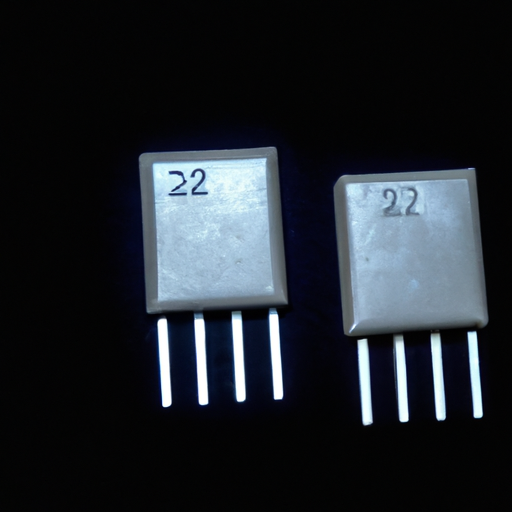
Certainly! RF FETs (Radio Frequency Field Effect Transistors) and MOSFETs (Metal-Oxide-Semiconductor Field-Effect Transistors) are pivotal in modern electronics, especially in RF applications. Below is a detailed overview of their core functional technologies, relevant articles, and notable application development cases that showcase their effectiveness.
Core Functional Technology RF FETs
- **Operation**: RF FETs are optimized for high-frequency applications, typically operating in the MHz to GHz range. They utilize a gate voltage to modulate the current flow between the source and drain terminals.
- **Types**:
- **GaN (Gallium Nitride)**: Known for high efficiency, high power density, and thermal performance, making it suitable for high-frequency applications.
- **GaAs (Gallium Arsenide)**: Offers high electron mobility and is often used in low-noise amplifiers and RF power amplifiers.
- **Applications**: Commonly found in RF amplifiers, oscillators, mixers, and in communication systems, radar, and satellite technologies. MOSFETs
- **Operation**: MOSFETs are voltage-controlled devices that can switch or amplify electronic signals. They consist of three terminals: gate, drain, and source.
- **Types**:
- **N-channel MOSFETs**: Preferred for high-speed applications due to lower on-resistance and higher electron mobility.
- **P-channel MOSFETs**: Used in specific applications where a high-side switch is required.
- **Applications**: Extensively used in power electronics, digital circuits, and RF applications for switching and amplification tasks. Articles and Resources1. "Understanding RF FETs: A Comprehensive Guide"2. "The Role of MOSFETs in Modern Electronics"3. "Advancements in GaN Technology for RF Applications"4. "Designing Efficient RF Amplifiers with FETs"5. "High-Frequency MOSFETs: Design and Applications"1. 5G Communication Systems2. Satellite Communication3. RFID Systems4. Automotive Radar5. Consumer Electronics Application Development Cases ConclusionRF FETs and MOSFETs are essential components across various applications, from telecommunications to consumer electronics. Their ability to efficiently control and amplify signals makes them invaluable in modern electronic design. Ongoing advancements in materials and technology continue to enhance their performance, enabling new applications and improving existing systems. For engineers and developers, a deep understanding of these technologies is crucial for designing effective and efficient electronic solutions.
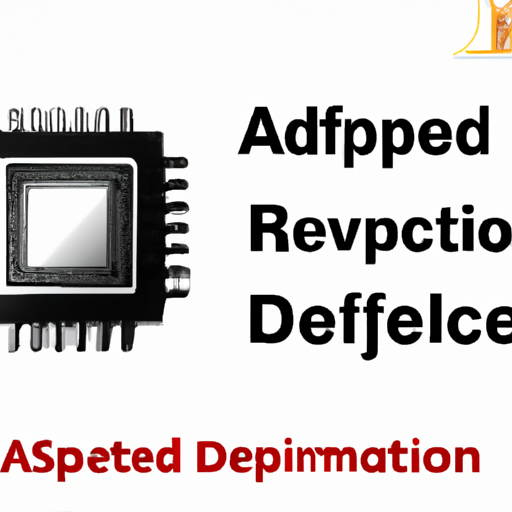
Application Development in RF Diodes for CFR-50JB-52-100R: Key Technologies and Success StoriesThe CFR-50JB-52-100R is a specialized RF diode model that plays a pivotal role in various high-frequency applications, including RF amplification and signal processing. Below, we explore the key technologies that underpin its performance and highlight notable success stories across different sectors.
Key Technologies1. High-Frequency Performance2. Low Noise Figure3. Thermal Management4. Integration with Other Components5. Advanced Materials6. Digital Signal Processing (DSP)1. Telecommunications2. Satellite Communication3. Consumer Electronics4. Medical Devices5. Automotive Applications Success Stories ConclusionThe CFR-50JB-52-100R RF diode exemplifies the advancements in RF technology, enabling a wide range of applications across various industries. Its high-frequency performance, low noise characteristics, and integration capabilities have led to successful implementations in telecommunications, satellite communication, consumer electronics, medical devices, and automotive applications. As technology continues to evolve, RF diodes like the CFR-50JB-52-100R will remain crucial in the development of next-generation communication systems and devices, driving innovation and enhancing connectivity in our increasingly digital world.
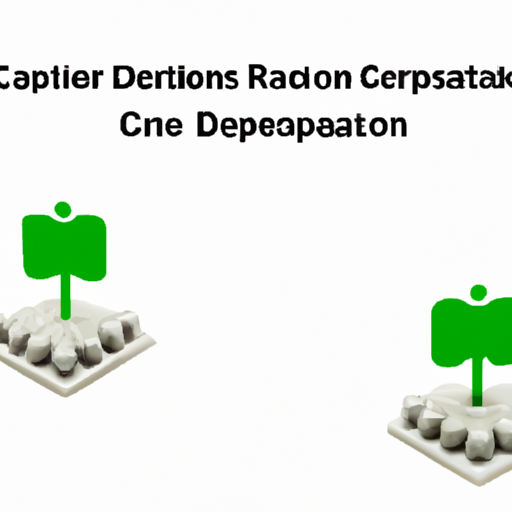
Application Development in Variable Capacitance (Varicaps, Varactors) for CFR-25JB-52-1R8: Key Technologies and Success StoriesVariable capacitance diodes, commonly referred to as varicaps or varactors, are essential components in modern electronics, particularly in RF and microwave circuits. They leverage the voltage-dependent capacitance of a reverse-biased p-n junction, making them invaluable for applications requiring tunable capacitance. The CFR-25JB-52-1R8 is a specific component that may represent a type of varactor or a related device. Below is an overview of key technologies and success stories in the application development of varicaps.
Key Technologies in Varicap Development1. Material Science Advances2. Integrated Circuit (IC) Design3. Tuning Techniques4. Simulation and Modeling5. Packaging Innovations1. Mobile Communication2. Television Tuners3. RFID Technology4. Satellite Communication5. Automotive Applications6. Consumer Electronics Success Stories in Varicap Applications ConclusionThe development of variable capacitance diodes has profoundly influenced various industries, particularly telecommunications, consumer electronics, and automotive applications. As technology continues to evolve, the integration of varactors into more complex systems and the exploration of new materials and designs will likely lead to innovative applications and enhanced performance. The CFR-25JB-52-1R8, as a specific component, is poised to contribute to these advancements, playing a role in the ongoing success stories within the field of variable capacitance applications. The future of varicaps looks promising, with potential expansions into emerging technologies such as 5G, IoT, and beyond.
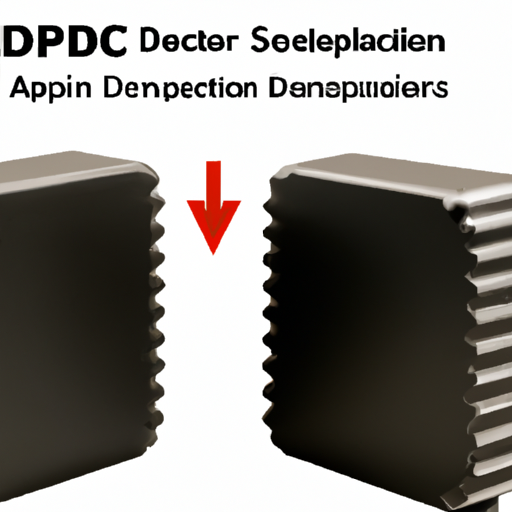
Application Development in Single Diodes for CFR-50JB-52-1M8: Key Technologies and Success StoriesThe CFR-50JB-52-1M8 is a specific model of a single diode that finds applications in various electronic and power systems. While detailed case studies specific to this model may not be readily available, we can explore the broader context of single diode applications, key technologies, and notable success stories that highlight the importance of diodes in modern electronics.
Key Technologies in Single Diode Application Development1. Silicon and Silicon Carbide (SiC) Diodes2. Schottky Diodes3. Fast Recovery Diodes4. Integrated Circuit (IC) Solutions5. Thermal Management Technologies6. Simulation and Modeling Tools1. Renewable Energy Systems2. Electric Vehicles (EVs)3. Consumer Electronics4. Telecommunications5. Industrial Automation Success Stories in Application Development ConclusionThe CFR-50JB-52-1M8 diode, like many others, is integral to various applications across multiple industries. Advancements in diode technology, including the development of SiC and Schottky diodes, have led to significant improvements in efficiency and performance. Success stories in renewable energy, electric vehicles, consumer electronics, telecommunications, and industrial automation underscore the critical role of diodes in modern technology. As applications continue to evolve, the importance of diodes in driving innovation and efficiency will only grow, making them a cornerstone of future electronic designs.





